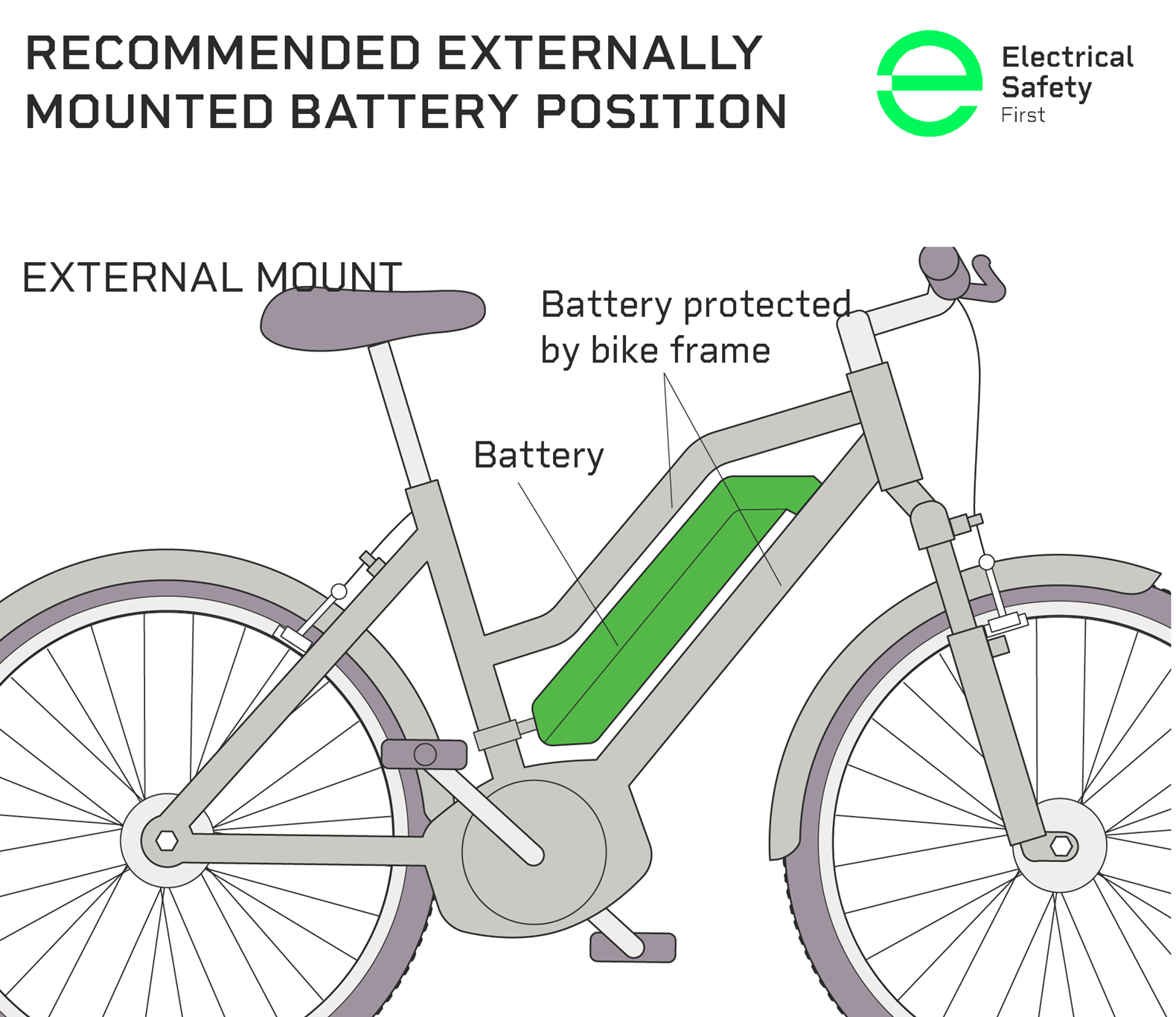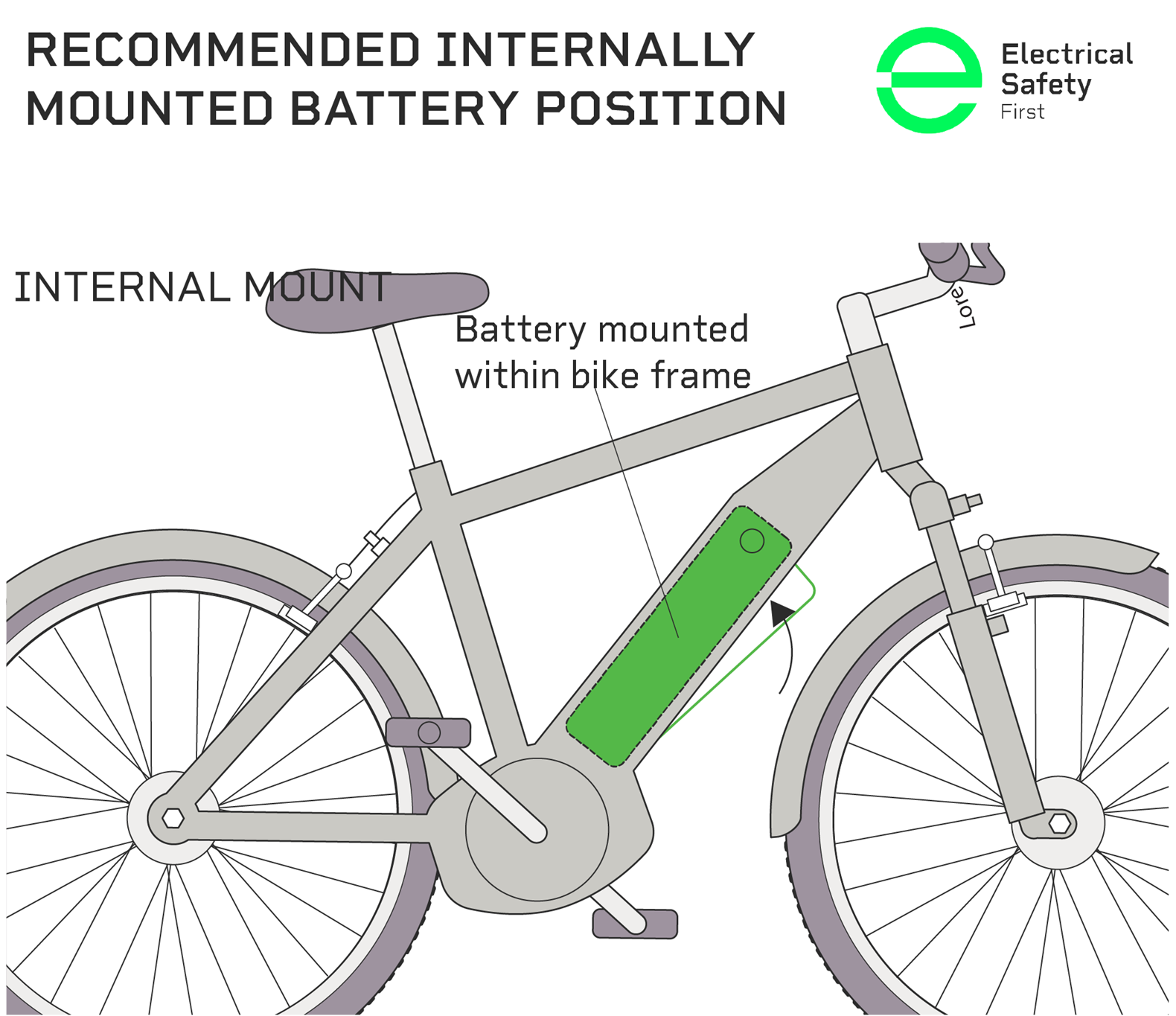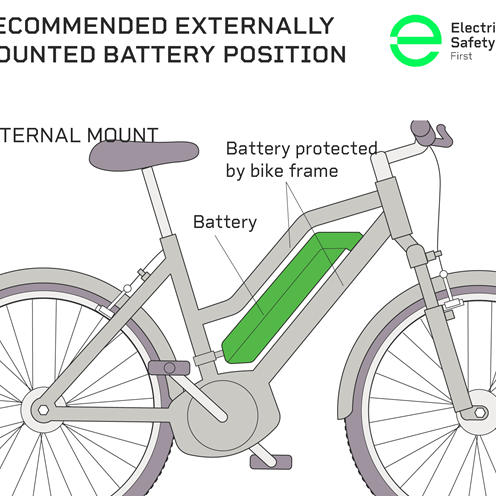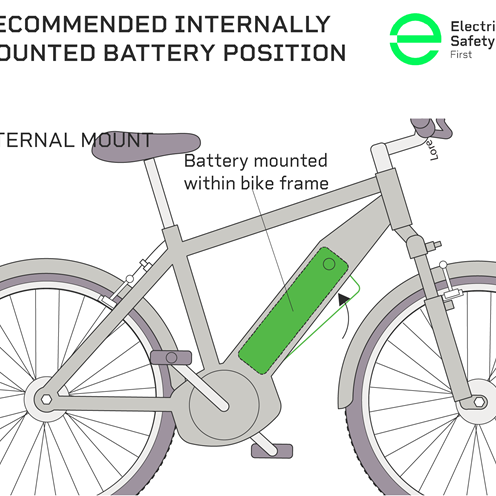Many e-scooters have the battery compartment mounted underneath the deck. These are very close to the ground and susceptible to mechanical damage. They are also at greater risk of water damage, unless adequately protected against water ingress.
For an e-bike the risks are much higher. Water can damage the bike’s electrical components, such as the motor, controller or battery. Water ingress can result in short circuits in the electrical system, which can cause components to fail or even lead to a fire. What could a safer design for these modes of transport look like?
Fatally flawed design
The majority of e-scooters have small wheels, usually around 150-200mm in diameter. That’s not the ideal design for navigating changes in road surface and obstacles. Compared to a bike with a 26” wheel, the additional force required to get over a 50mm kerb can be as much as 100% and close to infinity when the obstacle approaches the radius of the wheel. Using this relationship, it is easy to imagine the most likely outcome when an e-scooter wheel hits a pothole that is just 3” (75mm) deep.
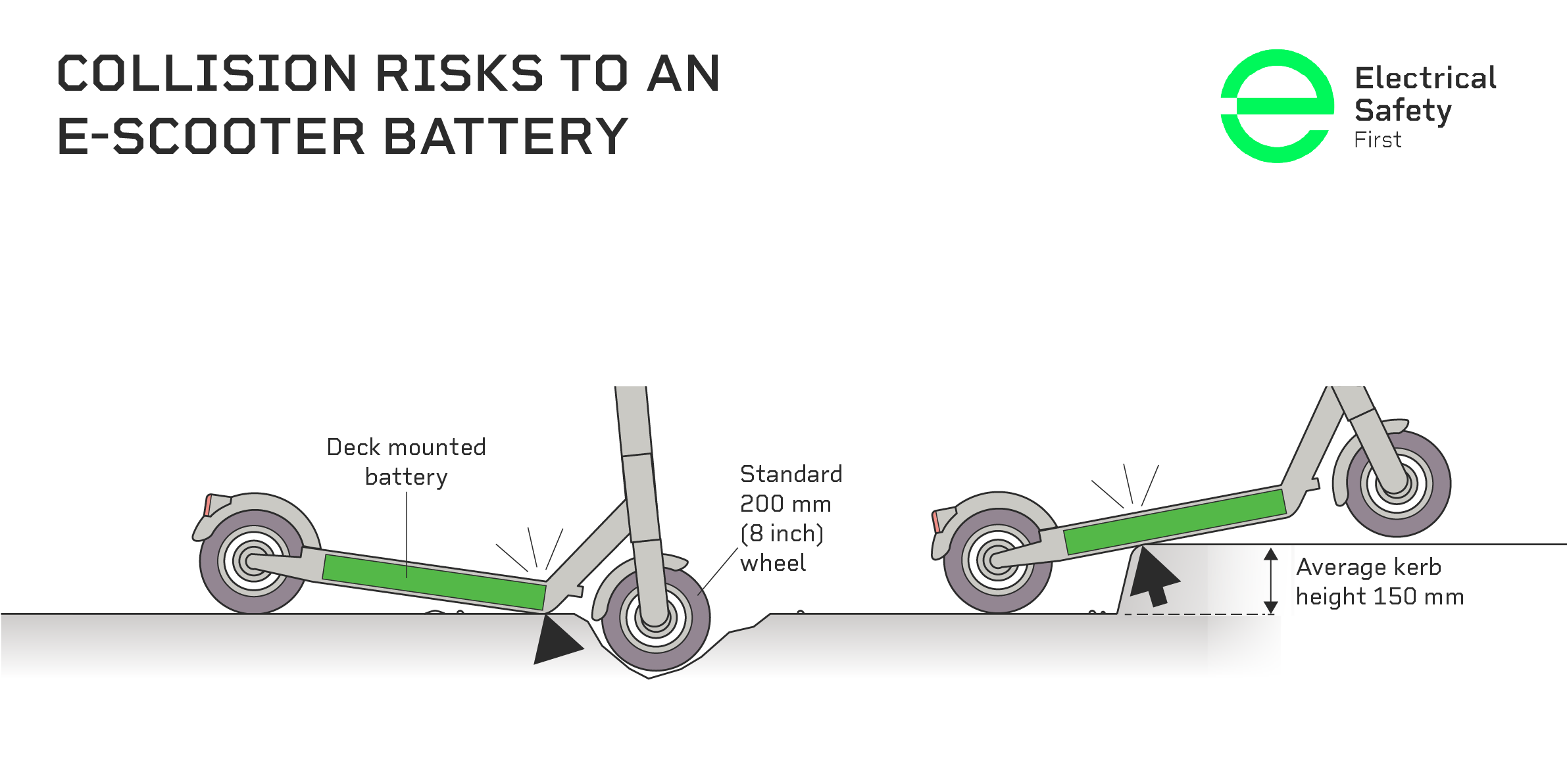
Other inherent design aspects of scooters can adversely affect control and stability. Most e-scooters are designed with the deck mounted just above the axis of the wheels. Many have the battery compartment mounted underneath the deck. These deck-mounted batteries are very close to the ground and, as such, are susceptible to mechanical damage when navigating obstacles. They are also at greater risk of water damage, unless they are adequately protected against water ingress. Such protection can, however, reduce ventilation, which is required by the battery to keep cool, increasing the risk of overheating unless temperature rise is controlled.
A safer e-scooter design
Lithium-ion batteries require protection from impact and water ingress. The combination of the small wheels and low-mounted deck batteries is likely to result in battery damage, which can result in fire. Mounting the battery higher, such as on the handlebar stem, would make the battery less susceptible to water ingress from puddles and impact from mounting kerbs, riding across drains and hitting potholes. However, when mounting the battery in a raised position, the position of the battery enclosure to maximise impact protection and the stability of the e-scooter as a whole still need to be considered carefully.

A safer e-bike design
The basic bicycle frame design has remained essentially unchanged for over a hundred years and most current e-bikes have adopted this well proven design. The main design considerations in relation to an e-bike can therefore be centred around electrical safety. The battery requires impact protection, and the bike frame can be utilised to minimise risk of damage from impact. Therefore, mounting the battery centrally on the frame, in conjunction with a properly designed enclosure, or integrating the battery into the frame can be considered as a means of achieving protection against mechanical impact.
Another consideration for electrical safety is protection against water ingress. Bikes are used in all kinds of weather and often stored outside. This is not generally a concern for a standard pedal bike, where leaving the bike exposed to the elements might result in superficial corrosion or, in the worst cases, seized mechanical components. For an e-bike the risks are much higher. Water can damage the bike’s electrical components, such as the motor, controller or battery. Water ingress can result in short circuits in the electrical system, which can cause components to fail or even lead to a fire.
Find our full list of recommendations for a safer e-bike and e-scooter design in our new report Battery Breakdown.

Battery Breakdown
Return to the Battery Breakdown portal.

